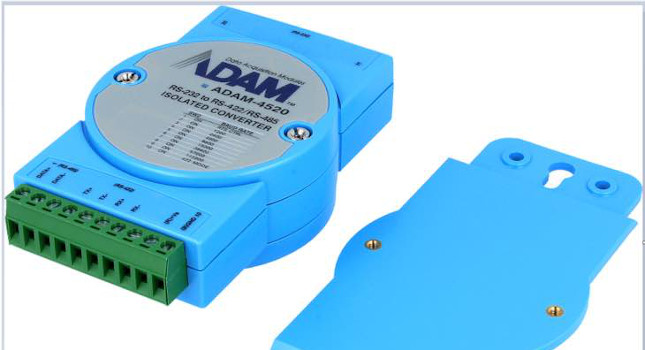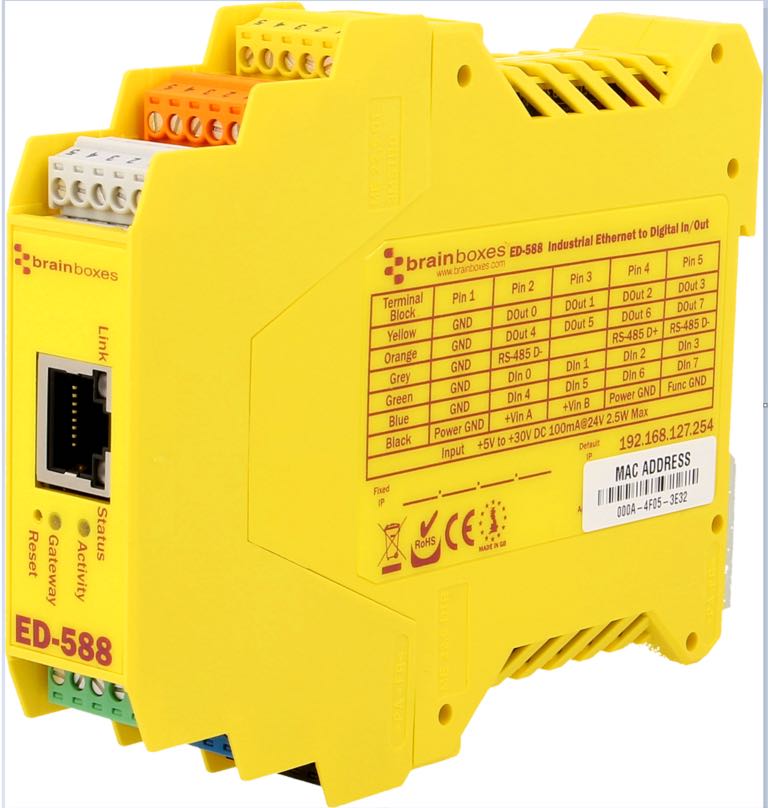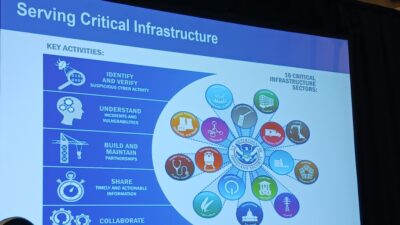Industry 4.0, elevated levels of efficiency will lead to better use of assets and increased output, but upfront financial costs can be difficult for some manufacturers.

Learning Objectives
- Industry 4.0 adoption improves factory production lines, but upfront costs of network upgrades are an obstacle.
- Companies that don’t want to replace large-scale industrial equipment should find ways to upgrade industrial networks they have.
Industry 4.0 adoption makes it possible to transform the way in which factory production lines, processing plants and warehouse operations function daily. In many cases, the financial outlay involved may be a problem. Companies looking to employ such technologies will need to do so while keeping related expenditures to a minimum. Market trends suggest a need to examine how this goal can be achieved.
According to analyst consultancy Statista, the worldwide industrial automation market is going to experience substantial growth. Having already generated more than $175 billion in revenue during 2020, it is expected to hit the $265 billion mark by 2025 – which equates to a 9% compound annual growth rate (CAGR), according to a March 9 Statista study, “Market size of industrial automation globally 2020-2025.” A Fortune Business Insights March study, “Industrial Automation Market Size, Share and COVID-19 Impact Analysis…” predicts this 9% CAGR will remain beyond that timeframe, resulting in a total annual worth surpassing $355 billion by 2028.
Industry 4.0 advantages, cost implications
Through widespread implementation of Industry 4.0, elevated levels of efficiency will lead to better use of assets and increased output. This means orders can be fulfilled quicker to keep pace with customers’ demands. It’s also possible to improve product quality and reduce waste.
Another pivotal aspect of Industry 4.0 is the ability to continuously monitor the key parameters of different items of machinery. This allows any issues affecting overall performance to be investigated and addressed. It also can support predictive maintenance activities, which means component parts that need replacement can be identified before causing downtime in production workflows.
Industrial equipment remains in service for protracted periods of time. Large-scale investments already made mean such equipment cannot be replaced within a short timeframe. The question is getting the most out of Industry 4.0 while keeping associated costs down.
Before embarking on migration to a smart factory arrangement, the cost implications need to be fully understood. In situations where there is only limited available budget to fund this work, companies will need an alternative to wholesale replacement of existing machinery by look for ways to upgrade what they have.
Modernizing connectivity infrastructure
Effective connectivity must be at the foundation of any industrial automation system. It is through this that all data will be captured for constituent machinery and processes to be monitored, analysis undertaken and improvements proposed. This connectivity will be used to execute necessary actions, should a rapid response be needed to a particular scenario. If it is to work optimally, then one platform, where everything is using the same communication protocol, would be desirable.
Communication can be vertical or horizontal. Vertical communication relies on two-way (duplex) data transmissions between pieces of equipment and the company’s operation management system. Horizontal communication generally means that acquired data will be uploaded to the cloud, enabling authorized personnel to access it remotely. The data can be used to study trends or search for any anomalies that might have a lasting detrimental effect on the industrial site’s operations.
Items of equipment that have been in operation for a long while often will depend on the use of various fieldbus protocols, many established decades ago. This presents challenges when they need to interface with back-office enterprise or cloud infrastructure more recently deployed. If such legacy machinery is to be made compatible with modern industrial automation requirements, it will call for a retrofitting connectivity project.
Connectivity solutions and the attributes needed
Hardware intended to bring next-generation connectivity to legacy industrial equipment or instrumentation must be straightforward to install. Space constraints also may need to be considered.
It also is important this hardware is robust to meet the industrial application environment. Extreme temperatures, shocks and vibrations as well as the threat of electro-static discharge (ESD) and potential liquid ingress must all be considered for reliability.
Narrowing the industrial automation connectivity gap
For many industrial operations, there is still a major disconnect between what happens on the factory floor and higher levels. Realizing greater automation advantages requires change. Through retrofit options like the ones described here, the route towards Industry 4.0 does not need to be complicated or expensive. Using industrial converter modules and smart sensor plug-ins, it is possible to renovate longstanding industrial operations and start bringing them into the next industrial era.
Products used for modernizing connectivity infrastructure
Enabling convenient communication among equipment supporting different serial interface standards, the Advantech ADAM-4520-F is an RS-232 to RS-422/RS-485 converter module capable of delivering 115.2kbps data rates. By attaching one of these units to equipment that was originally fitted with RS-232 interfacing, it is possible to convert the RS-232 signals into isolated RS-422 or RS485 signals. Through its use, communication distances of up to 1200m can be supported and as many as 32 nodes connected. There is no need to change software, thereby facilitating the upgrade process. As well as having 3kV galvanic isolation, this module has a built-in surge protection mechanism. An operational temperature range of -10 to 70°C is covered. Supplied in a compact ABS enclosure (with 70mm x 122mm x 30mm dimensions) it can be DIN-rail or panel mounted.

Supporting the Modbus TCP protocol, the Brainboxes ED-588 Ethernet gateway allows existing industrial equipment to interact with the enterprise infrastructure further upstream. It offers a robust and intelligent “control side” device that provide the interface to systems on the factory floor environment, commonly referred to as “process side.” It has 8 non-isolated digital input and 8 non-isolated digital output channels. The Ethernet port enables data to be transferred at 100Mbps rates. This DIN rail-mounted unit is supplied in a compact form factor (with dimensions of 101mm x 128mm x 22.6mm), minimizing cabinet space. These units can be attached to a 24V supply, and are housed in insulated polyamide casings which are IP20 rated. It may be used to control fans, solenoid valves, reed switches, lamps, or motors. In addition, the gateway can deal with data coming from many sensors. No software is needed, as the unit can be accessed from a web browser. Since it is installed as a COM port on a Microsoft Windows PC, it has full backward compatibility with older equipment models. Short circuit and ESD protection features are incorporated, as well as over-temperature shutdown. An operational temperature range of -30 to 80°C is supported.

Arkadiusz Grzegorek, head of automation-maintenance division at TME, part of Advantech. Edited by Chris Vavra, web content manager, Control Engineering, CFE Media and Technology, [email protected].
MORE ANSWERS
Keywords: automation, industrial automation, Industrial Internet of Things
ONLINE
See additional IIoT and Industry 4.0 stories at IIoT, Industrie 4.0
CONSIDER THIS
What ways have you tried improving connectivity at your plant?
ONLINE extra
References
[1] https://www.statista.com/statistics/1219772/industrial-automation-market-size-worldwide/
[2] https://www.fortunebusinessinsights.com/industry-reports/industrial-automation-market-101589
[3] https://www.statista.com/statistics/1101442/iot-number-of-connected-devices-worldwide
[4] https://www.juniperresearch.com/press/industrial-iot-iiot-connections-smart-factories



